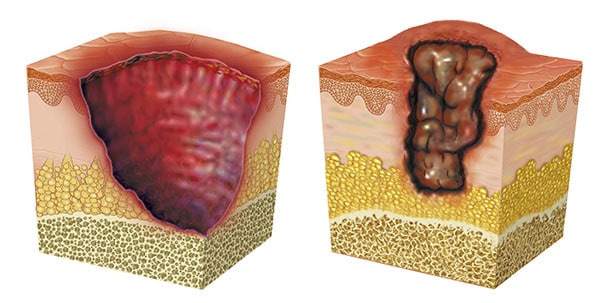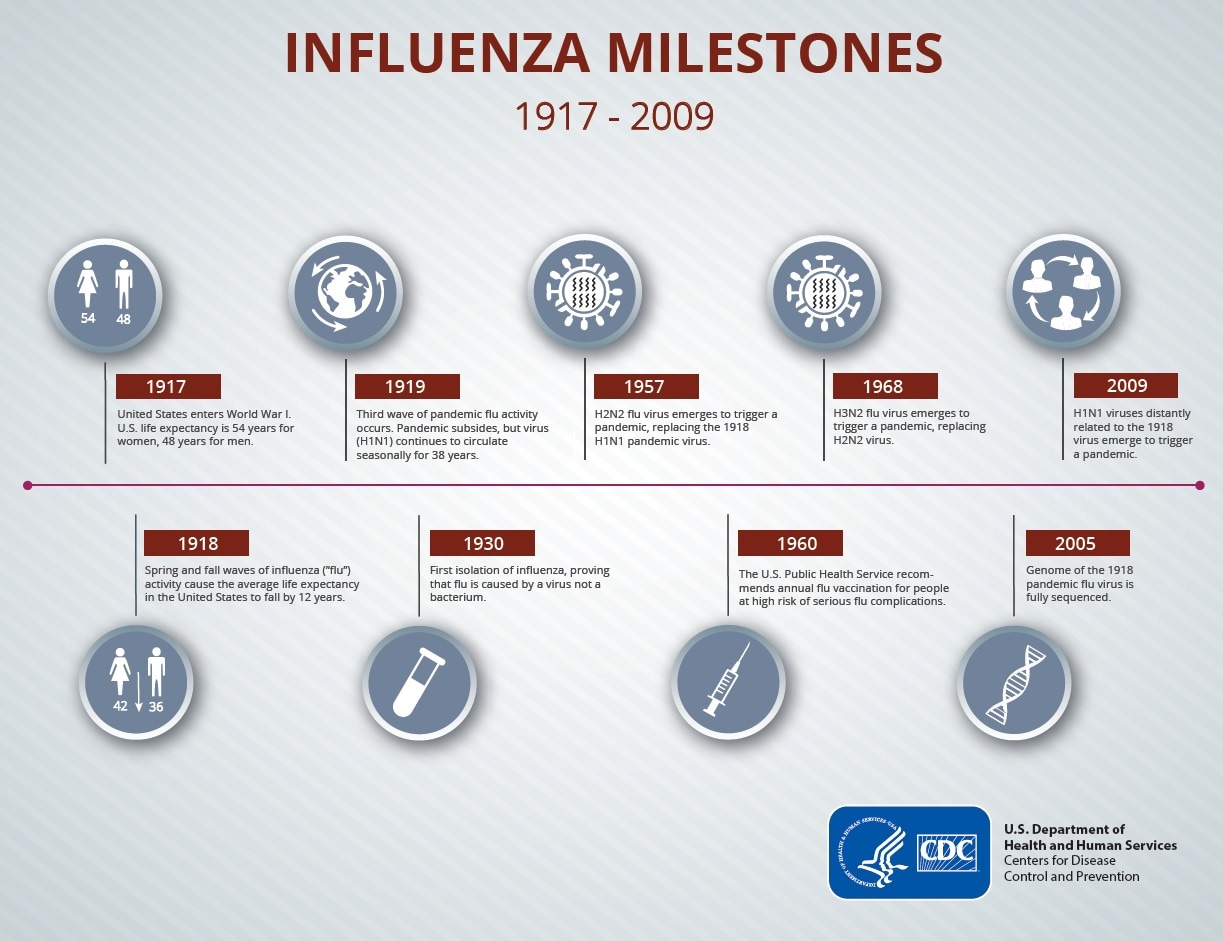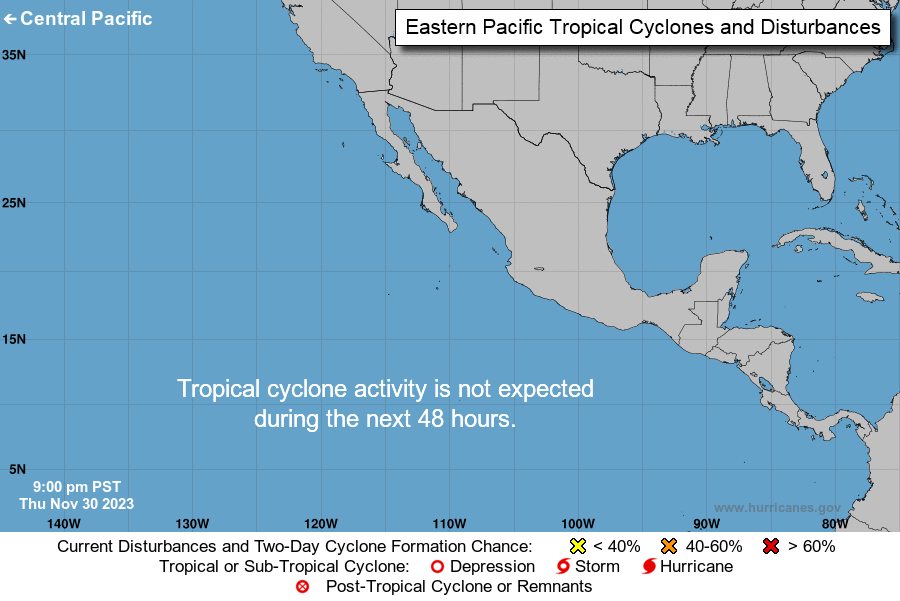Archive for October, 2018
10/23/1983: A suicide bomber drives a truck filled with 2,000 pounds of explosives into a U.S. Marine Corps barracks at the Beirut International Airport killing 220 Marines, 18 sailors and 3 soldiers.
Tuesday, October 23rd, 2018Why was it called “The Spanish Flu”?
Tuesday, October 23rd, 2018“…….When the pandemic broke out during World War I, neither side wanted the other to find out they were sick—nor did they want their own troops to lose morale or their publics to panic. News of the outbreak was suppressed or heavily underplayed in Germany, France, the U.K., and the U.S. But Spain, like Switzerland, was neutral in the war, and its media had no qualms about covering the contagious outbreak weakening its population, creating the false impression that this was a Spanish disease...….”
NOAA: A mild winter could be in store for much of the United States this winter
Tuesday, October 23rd, 2018A mild winter could be in store for much of the United States this winter according to NOAA’s Climate Prediction Center. In the U.S. Winter Outlook for December through February, above-average temperatures are most likely across the northern and western U.S., Alaska and Hawaii.
Additionally, El Nino has a 70 to 75 percent chance of developing. “We expect El Nino to be in place in late fall to early winter,” said Mike Halpert, deputy director of NOAA’s Climate Prediction Center. “Although a weak El Nino is expected, it may still influence the winter season by bringing wetter conditions across the southern United States, and warmer, drier conditions to parts of the North.”
El Nino is an ocean-atmosphere climate interaction that is linked to periodic warming in sea surface temperatures in the central and eastern equatorial Pacific. During the winter, typical El Nino conditions in the U.S. can include wetter-than-average precipitation in the South and drier conditions in parts of the North.
Other climate patterns that can affect winter weather are challenging to predict on a seasonal time scale. The Arctic Oscillation influences the number of arctic air masses that penetrate into the South and could result in below-average temperatures in the eastern part of the U.S. The Madden-Julian Oscillation can contribute to heavy precipitation events along the West Coast – which could play a large role in shaping the upcoming winter, especially if El Nino is weak, as forecasters predict.
The 2018 U.S. Winter Outlook (December through February):
Temperature
-
Warmer-than-normal conditions are anticipated across much of the northern and western U.S., with the greatest likelihood in Alaska and from the Pacific Northwest to the Northern Plains.
-
The Southeast, Tennessee Valley, Ohio Valley and Mid-Atlantic all have equal chances for below-, near- or above-average temperatures.
-
No part of the U.S. is favored to have below-average temperatures.

Precipitation
-
Wetter-than-average conditions are favored across the southern tier of the U.S., and up into the Mid-Atlantic. Northern Florida and southern Georgia have the greatest odds for above-average precipitation this winter.
-
Drier-than-average conditions are most likely in parts of the northern Rockies and Northern Plains, as well as in the Great Lakes and northern Ohio Valley.

-
Drought conditions are likely to persist across portions of the Southwest, Southern California, the central Great Basin, central Rockies, Northern Plains and portions of the interior Pacific Northwest.
-
Drought conditions are anticipated to improve in areas throughout Arizona and New Mexico, southern sections of Utah and Colorado, the coastal Pacific Northwest and the Central Plains.
NOAA’s seasonal outlooks give the likelihood that temperatures and precipitation will be above-, near- or below-average, and how drought conditions are expected to change, but the outlook does not project seasonal snowfall accumulations. Snow forecasts are generally not predictable more than a week in advance. Even during a warmer-than-average winter, periods of cold temperatures and snowfall are still likely to occur.
NOAA’s Climate Prediction Center updates the three-month outlook each month. The next update will be available on Nov. 15.
NOAA produces seasonal outlooks to help communities prepare for what is likely to come in the next few months and minimize weather’s impacts on lives and livelihoods. Empowering people with actionable forecasts and winter weather tips is key to NOAA’s effort to build a Weather-Ready Nation.
Weekly Epidemiological Report from the Nigeria CDC
Monday, October 22nd, 2018In the reporting week ending on September 30, 2018:
o There were 173 new cases of Acute Flaccid Paralysis (AFP) reported. None was confirmed as polio. The last reported case of polio in Nigeria was in August 2016. Active case search for AFP is being intensified with the goal to eliminate polio in Nigeria.
o There were 2052 suspected cases of Cholera reported from 42 LGAs in seven States (Adamawa – 107, Borno – 702, Gombe – 90, Kaduna – 2, Katsina – 585, Yobe – 162 and Zamfara – 404). Of these, 26 were laboratory confirmed and 18 deaths were recorded.

o Nine suspected cases of Lassa fever were reported from seven LGAs in five States (Bauchi – 1, Edo – 5, FCT – 1, Nasarawa – 1 & Rivers – 1). Four were laboratory confirmed and no death was recorded.
o There were eight suspected cases of Cerebrospinal Meningitis (CSM) reported from five LGAs in five States (Ebonyi – 1, Edo – 2, Ondo – 2, Taraba – 1 & Yobe – 2). Of these, none was laboratory confirmed and no death was recorded.
o There were 124 suspected cases of measles reported from 30 States. None was laboratory confirmed and one death was recorded.
New violence in the DRC threatens to again force the suspension of crucial EBV containment efforts.
Monday, October 22nd, 2018“…..The latest attack comes after two medical workers were killed by a militia in Eastern Congo Saturday while manning a port of entry to try to control the spread of Ebola. It’s believed to be the first time health workers have been killed by rebels in this Ebola outbreak……..”

At least 18 people were killed and 178 others injured when a train derailed in Taiwan
Monday, October 22nd, 2018South Carolina: At least 30 people were injured when a floor collapsed at a party at Clemson University
Monday, October 22nd, 201810/21/1966: An avalanche of mud and rocks buries a school in Aberfan, Wales, killing 148 people, mostly young students.
Sunday, October 21st, 2018Victorian Coast, Australia: Buruli ulcer cases are forecast to increase sixfold in five years
Sunday, October 21st, 2018“……Cases of flesh-eating ulcers in Victorian coastal towns, which have seen some victims require limb amputations, have rapidly increased and spread further into inner Melbourne……..
The gruesome open sores are caused by a bacterium called Mycobacterium ulcerans, which is thought to be spread by mosquitoes and possums and rots tissue……”








